|
The utilities industry is undergoing a transformative shift, driven by the integration of automation, Internet of Things (IoT), and advanced sensor systems. Automation is taking place in water conservation, waste management, oil monitoring, and energy usage/conservation. A number of key technologies are revolutionizing how utilities operate, enabling more efficient monitoring, enhanced asset management, and a stronger commitment to sustainability.
Key trends such as Lightweight Machine-to-Machine (LwM2M) protocol adoption, smart metering (AMI - advanced metering infrastructure), and predictive maintenance are paving the way for a smarter and more sustainable future. Below are some key trends in the utilities industry: Grid Modernization The industry is undergoing a shift to modernize key infrastructure, delivery, and services. The aging electrical grid is currently experiencing modernization with advanced technologies such as smart meters, sensors, and automation systems. This is expected to improve grid reliability, enhance outage management, and better the integration of renewable energy sources. Renewable Energy Integration As part of sustainability across utilities, we are seeing an increasing adoption of renewable energy sources like solar, wind, and hydroelectric power, along with the push for electric vehicles (EVs).The goal is to reduce carbon emissions, provide a diversification of energy supply and resources, and align with sustainable development goals (SDGs). While EVs have not taken off as expected due to lowering demands, the infrastructure is also playing catch up as charging stations continue to be constructed across the U.S. Energy Storage Solutions Along the lines with a strong focus on renewable energy and resources, there is a growing trend in the deployment of large-scale battery storage systems to store energy generated from renewable sources. This trend is expected to enhance grid stability, improve the demand response capabilities, and enable efficient energy utilization. In today’s connected world, seamless and reliable indoor cellular coverage is a necessity. As technology advances and the industry transitions from 4G to 5G, enterprises and cities face challenges in providing consistent and ubiquitous connectivity. In partnership with industry analyst, Stephanie Atkinson, of Compass Intelligence, we dive deep into these challenges and explore solutions to ensure reliable, secure, end-to-end connectivity for businesses and communities in my latest position paper: “Industry Insights: Streamlining Indoor Connectivity.”
Read report: https://denseair.net/news The success of the hospitality industry hinges on providing the most optimal guest experience, and this means remaining competitive by providing new and innovative guest experiences. To truly stand out, hotels must go beyond the ordinary and create memorable experiences that guests will cherish and share. The industry continues to rebound while relying on technology as the foundation for many enticing and interactive guest services. According to CompassIntel.com, the U.S. hospitality industry is expected to spend an estimated $60 billion (about $180 per person in the US) on technology in 2024, driven by automation and innovation around improving the overall guest experience and improving occupancy. Hotels must continuously innovate and evolve to meet and exceed guest expectations, and technology is playing a significant role in elevating the hotel guest experience. Technology, including cellular, IoT, AI, and data analytics, is revolutionizing the hospitality industry, significantly enhancing the hotel guest experience through interactive services and personalization. Continuous connectivity is expected both inside and outside the hotel and serves as a foundational tool for many of these evolving services. In addition, the guest and interactive services riding on top of the network, along with hotel operations require a reliable and proven cellular network. It is paramount that today’s hotel owners and leaders not only build their knowledge base of key trends and innovations occurring in the hospitality industry, but to also understand what is driving these key trends. These core trends below are pushing hoteliers and property managers to new heights by focusing on what is core to the business; retention, loyalty, and satisfying guest experiences. Below are some of the key trends we will explore:
Personalization: Crafting Unique Guest Journeys Personalization is no longer a luxury but a necessity. Modern travelers expect tailored experiences that cater to their individual preferences and needs, and customized experiences are a growing trend. Hotels use data analytics to gain insights into guest behavior and preferences and track past and future guests in new and meaningful ways. By using customer relationship management (CRM) systems that have added layers of guest data intelligence, hotels are creating personalized experiences, such as customized welcome messages, room preferences, and personalized recommendations for local activities and dining options. Technology Integration: Seamless and Efficient Services The integration of advanced technology can significantly enhance the guest experience by providing convenience and efficiency. Hotel mobile applications, intelligent building solutions, and streamlined connectivity for interactive guest services are at the forefront for enhancing the guest experience. A comprehensive mobile app allows guests to manage their reservations, check-in and check-out, access room keys, and more. Intelligent buildings provide smart rooms for guest stays by monitoring energy usage and tracking hotel resources in real-time. Implementing IoT (Internet of Things) devices in rooms enables guests to control lighting, temperature, and entertainment systems with voice commands or through mobile apps. All these emerging guest services rely heavily on trusted and proven connectivity. Exceptional Customer Service: The Human Touch While technology plays a crucial role, the human touch remains irreplaceable. Exceptional customer service is the cornerstone of a memorable guest experience, and supporting a skilled workforce that has available tools and training to support guests with high quality customer care is paramount. Hotels invest in continuous training programs for their staff to ensure they are skilled in communication, problem-solving, and predicting guest needs. Empowering employees to make decisions and resolve issues promptly can turn potential negative experiences into positive ones. Technology can also support employee access, training, tools, and communications. In addition, guests enjoy friendly hotel staff and engaging services that meet their needs efficiently and promptly. Knowledgeable staff can turn a mishap or problem into a satisfactory guest experience. Guest Loyalty: Building Long-Term Relationships Loyalty programs are a powerful tool for building long-term relationships with guests. Modernizing these programs to offer more personalized rewards, such as exclusive experiences, early check-ins, and room upgrades, can significantly increase guest satisfaction and loyalty. Hotels are also becoming proactive by pushing offers, incentives, and communications directly to their guests’ phones, email, and apps. Incorporating gamification elements, such as challenges and point systems, can also make loyalty programs more engaging and rewarding. Creating Memorable Experiences: Beyond the Ordinary To compete in this experience-driven environment, hotels must explore new avenues to create unforgettable experiences that guests will love. This could involve offering unique local experiences, such as guided tours, cultural workshops, or exclusive access to local events. Collaborating with local businesses to provide authentic experiences can also enhance the hotel's value proposition and create lasting memories for guests. Enhancing the Mobile Guest The mobile guest is intelligent, does their research, and has clear preferences as to how they review, research, and select hotels. Many are also loyal to specific brands, but most will be driven around safety, comfort, price, location, and amenities. Hotels thrive on how to best differentiate themselves and to remain relevant to guests, while providing the best guest experience. In addition, hotels track key metrics such as ADR (Average Daily Rates), RevPAR (Revenue per Average Room), occupancy rates, and their own internal revenue numbers to track progress and benchmark. This healthy competition requires the use of technology for differentiation and supporting interactive guest experiences. While traditional hard-wired connectivity and Wi-Fi options have served guests for key services, cellular is evolving as the most innovative and cost-effective connectivity solution for a host of solutions, and 5G is the catalyst. Now, let’s dive into key technology trends. Mobile Apps and Digital Check-In/Out Modern hotel apps enable guests to manage their entire stay from their smartphones. Guests begin this journey well before they arrive at the hotel. Guests will gather driving directions and more before they even arrive at the hotel. Cellular connectivity is a primary tool as the guest travels, finds parking, pays for parking, and checks in. Hotel mobile apps allow guests to check-in and check-out, bypass the front desk and avoid waiting times, access digital room keys, use their phones to unlock their rooms, make reservations and requests, book dining-spa services, and communicate with staff. While Wi-Fi may be available, it is often not as reliable or secure for guests. This also means that hotels and parking garages will need to solidify their cellular connectivity both indoor and near indoor their entire hotel properties. Smart Room Technology Hotel rooms equipped with connected equipment and intelligent building systems offer personalized control over various aspects of the room environment. Guests can control and customize preferences around lighting, temperature, and entertainment systems using voice commands. In addition, sustainable conscious guests can manage energy usage, HVAC, and lighting controls with smart energy management systems. Hotels are implementing smart energy systems that know the occupancy of a guest or conference room and adjust lighting and temperatures as needed. Other intelligent building solutions may include air monitoring, UV filtration and cleaning, heated floors, smart access and surveillance, and more. Outside of smartphones connecting to the cellular network, these hotel assets are connecting to the cellular network for real-time tracking, monitoring, and securing. In addition, cellular can further build redundancy in assuring building management systems, hotel equipment, and other assets remain connected and intelligence and critical data is being captured. Virtualization of the Hotel Virtual and augmented reality (VR & AR) are being used to create immersive and engaging experiences. Guests can explore hotel facilities and rooms before booking. AR apps provide interactive maps and guides, enhancing the exploration of hotel premises and surrounding areas. VR can be used to offer unique in-room experiences, such as virtual art displays or interactive storytelling for children. Guest Feedback and Data Analytics Technology aids in collecting and analyzing guest feedback for continuous improvement. Digital feedback tools allow guests to provide immediate feedback during their stay through real-time surveys. Text is also being used to push information to the guest, gather real-time feedback, and provide links for guest surveys. Artificial intelligence (AI and machine learning) can also support the analysis of online reviews and social media mentions to gauge guest satisfaction and identify areas for improvement. Data analytics predict guest preferences and trends, enabling hotels to tailor their services and marketing strategies. There is a growing trend in researching, capturing, analyzing, and predicting guest data for continuous improvement and feedback for hotel managers and property owners. Enhanced In-Room Entertainment Modern entertainment systems cater to diverse guest preferences. The integration of popular streaming platforms like Netflix, Hulu, and Amazon Prime in hotel TVs is common. Guests primarily rely on cellular connectivity to review texts and input codes for secure authentication in logging into streaming apps. Guests also want to connect their own devices and content to the room’s entertainment system. Mobile applications, set up, and login make this process easy for the guest and requires good Wi-Fi or trusted cellular connectivity. This reliability on cellular further illustrates the need to strengthen the cellular signal for seamless connectivity inside and outside the building, from parking garages to the pool to the room. Integrated Booking and Reservation Systems Advanced booking systems simplify the reservation process and enhance convenience. Centralized or a unified hotel and booking platform allows guests to book rooms, dining, spa services, and activities all in one place. An emerging trend is the use of AI for data analytics and intelligence of guest trends and patterns. AI-driven dynamic pricing models offer personalized rates based on demand, loyalty status, and booking patterns. In addition to booking the room, guests are also booking added services including things like pool cabanas, massages/spa services, meeting spaces, etc. Guests will need reliable network connectivity for booking these services wherever they are in the hotel. Security and Privacy Enhancements Technology enhances guest safety and privacy. Biometrics such as facial recognition or fingerprint scanning for secure room access can support more secure access. Advanced surveillance systems are also using AI-powered security to monitor and ensure guest safety. AI can also use computer vision technology to automatically identify key events and alert security or a response. For example, if there is a breach into a back door entry into the hotel, security can be automatically alerted on their smartphone device with location information to quickly respond and prepare for the incident. The Foundation of Cellular Connectivity Cellular connectivity plays a crucial role in enhancing the hotel guest experience in the U.S. Here are several ways it supports and improves the guest experience:
Seamless Connectivity Reliable Communication: Guests rely on cellular networks to stay connected with family, friends, and colleagues. Strong cellular connectivity ensures they can make calls, send texts, and use data services without interruption. Internet Access: Many travelers use their cellular data plans to access the internet, especially if hotel Wi-Fi is slow or unreliable. Guests may also feel Wi-Fi is not safe or secure, as it is on an open network and open to vulnerabilities and hacking. Public Wi-Fi is known to not be as secure as password protected cellular Wi-Fi. Good cellular coverage ensures that guests can always stay connected online. Enhanced Mobile Services Reliable cellular connectivity ensures guests can use hotel mobile apps, navigation/direction tools, mobile check in/out services, and even things like setting up an Uber or ordering food by the pool. These services provide added connectivity without the need to rely solely on Wi-Fi. Some hotels also provide digital room keys that guests can access through their smartphones. Stable cellular connectivity ensures these keys work seamlessly, allowing guests to enter their rooms without issues. Lastly, guests can use hotel apps to request services, make reservations, or ask for information. Consistent cellular service ensures these apps work efficiently anywhere on the property. Improved Navigation and Local Exploration Guests often use GPS and mapping services to explore the local area, find attractions, find parking, or navigate to meetings (inside and outside the hotel or local area). Reliable cellular connectivity ensures accurate location services and navigation. Hotel apps and third-party apps provide local recommendations and reviews, allowing guests to access this information on the go. Meetings and Productivity Travelers work and play from anywhere these days. Many travelers need to work remotely during their stays, conducting meetings and calls from their smartphone. Reliable cellular connectivity ensures they can access emails, take part in video calls, and complete online tasks efficiently. In addition to guests working, hotel staff use their mobile devices for operations as well, especially when coordinating tasks across large properties. Staff can use mobile devices to receive and update the status of maintenance and housekeeping tasks in real time, ensuring rooms are prepared and issues are addressed promptly. Safety and Security Reliable cellular connectivity is essential for guests to contact emergency services if needed or call their family and friends. This is particularly important for guests unfamiliar with the local area. In emergencies or for important updates, hotels can quickly communicate with guests via SMS or push notifications, ensuring they receive prompt information regardless of their location within the hotel. Analyst Recommendations As we evaluate the innovation taking place within the hospitality sector, it is important to follow a few key recommendations to remain relevant and best serve guests in the competitive world of hotels. Compass Intelligence recommendations are centered around infrastructure, technology, and innovating guest services. Whether you are a property manager, a hotel manager, or a resort professional, these recommendations may support you in your overall growth strategy moving forward. Below are a few considerations to consider as you build a solid foundation for innovation in hospitality:
To learn more or if you have questions, please contact Stephanie Atkinson, Compass Intelligence at [email protected]. Wrap Up The leading innovations in hospitality, including automation and smart technologies, require seamless cellular connectivity services. Robust cellular connectivity enhances the overall guest experience by providing uninterrupted communications, supporting mobile services, ensuring safety, enabling efficient operations, and offering personalized engagement. As travelers become increasingly dependent on their mobile devices, the importance of strong cellular connectivity in the hospitality industry will continue to grow. By using these technological advancements, hotels can provide a seamless, personalized, and highly satisfying experience for their guests, setting themselves apart in a competitive industry. Improving the hotel guest experience requires a multifaceted approach that combines personalization, technology integration, exceptional customer service, wellness and sustainability initiatives, enhanced loyalty programs, and a commitment to continuous improvement. By focusing on these strategies, hotels can ensure they not only meet but exceed guest expectations, fostering loyalty and driving long-term success in the competitive hospitality industry. ___________________________ Written by Stephanie Atkinson, CEO of Compass Intelligence About Compass Intelligence Compass Intelligence is a market research and advisory firm specializing in metrics-driven market intelligence and insights for the mobile, IoT, and high-tech industries serving tech clients for more than 18 years. Compass Intelligence offers executive insights, market sizing/forecasting and modeling, competitive analysis, strategic consulting, advisory services, trending analysis, and survey research services. Compass Intelligence helps guide strategic business decisions and supports the success of our clients through delivering content engagement, go to market planning, competitive positioning, and strategic advisory. For more information, please visit https://www.compassintel.com. Just after the hot off the press news of Verizon Connect winning the autoXreport Innovator award in EV Fleet Management, Stephanie Atkinson meets up with Ty Layman (Senior Manager, Product Marketing at Verizon Connect) to learn more about Verizon Connect and their drive to best serve the Fleet ecosystem. Check out their conversation below. Stephanie Atkinson, CompassIntel I want to congratulate you guys for winning the EV Fleet Management Innovator award for the AutoXreport Innovator Awards that were announced in February of this year. Can you tell me a little about Verizon Connect’s overall portfolio specific to electric vehicles and some of the emerging automotive space?! Ty Layman, Verizon Connect Verizon Connect’s primary product is called Reveal. What we're trying to do is just make fleet management easier for customers, and part of what we're trying to do is make it easy for customers to actually manage mixed fleets. The reality is most fleets are still internal combustion engine vehicles and so most telematics providers, including ourselves, help our clients manage their internal combustion engine fleets. from monitoring the fleets themselves on a live map to seeing where vehicles are currently located, to actually being able to create maintenance schedules within our platform and making safety easier for customers as well. We have the ability to monitor the speed of the vehicle, for example, and send an alert if the driver actually ends up speeding or is driving in a harsh manner. If there is hard breaking, or fast acceleration, then we can alert customers. We have monitoring reports that show day to day activities with your vehicles and full fleet, and provide driver behavior monitoring driving and other data to improve safety. As customers are moving more towards electric vehicles, this is going to be a process. It's going to be a little bit of adoption here and a little bit of adoption there. We're trying to provide those capabilities for those customers. Verizon Connect is supporting customers throughout their journey to EV. The tool that we have is to help customers actually make some initial determinations on which of their vehicles would be the best candidates to pursue EVs. We’ve also launched new capabilities to actually monitor those electric vehicles in the same sort of capacity that we have already allowed them to do from an internal combustion engine perspective. So, supporting customers with their current fleets because internal combustion engine vehicles are not going away, but also make certain we are on that leading edge of electric vehicles to support our customers. Stephanie Atkinson, CompassIntel It looks like you guys are playing in the full ecosystem from the manufacturing of the vehicles all the way to driver experiences and driver safety. So, let's dive a little bit more into what you just talked about, Verizon Connect’s EVs suitability tool. How does that work? Ty Layman, Verizon Connect The goal of the EV suitability tool is to help give customers perspective on how their vehicles are actually being used day-to-day to see whether EV would be a good fit for that specific vehicle. And, this tool helps look at an entire fleet. As customers are using data or using their vehicles and using our telematic solution, the system is collecting data on the usage of those vehicles, and this helps them with their fleet management of course, but the system is able to take that data and then determine which of the vehicles would be a good fit for transitioning to EV. It does this without customers actually having to send in any data inputs. Verizon Connect’s tool makes this process as seamless and easy as possible by collecting this data, utilizing it for the customers to advise them on which of their vehicles would be the best vehicles to go electric. The tool shares overarching fleet statistics and shares which vehicles of the fleet would be a good fit for EV including sharing the specific number of vehicles. It also shares fuel cost savings that a customer could expect as well as CO2 reduction. That data is used to help the calculations on how much fuel would you save if you converted these specific vehicles to EVs and then how much CO2 reduction. The other aspect of the tool is driving range, making certain that a vehicle will fit within an EVs range. The tool classifies vehicles into four different rankings. The first is an excellent fit to be an EV; the second is a good fit; third is an OK fit; the last one is non-EV suitable. An excellent fit means within the data range that we're looking at, which is usually about eight weeks, and is what the tool is bringing in that a vehicle was within the comparable range of an EV 100% of the time. We know many of our customers have sustainability initiatives that they are trying to meet. Stephanie Atkinson, CompassIntel Are you saying that it will identify the location and the relative vicinity of being able to charge and have access to the infrastructure that would be required…and different fleets have different driving areas, as some are driving in rural areas, and some aren't? Ty Layman, Verizon Connect It's actually simpler than that. It's more just driving distance for a specific day. It is identifying if an EV fits with the net range. For example, EV ranges that are actually on the lower end, many EVs can actually go farther, but we don't want to be giving customers bad data, so we stay conservative. If you charge at the beginning of the day and starting, then will the vehicles make it within that range without having to charge again? That’s what we're looking at including the battery life and the mileage because to your point, some of the more rural areas are not going to have the EV charging infrastructure that other areas might, and some customers are going to build out their own infrastructure. We look at employers who have home charging for their employee vehicles and fleets. What we have tried to do is basically say, ok, if we're going to give a recommendation, we want to be pretty confident about that recommendation. We look at those scenarios to determine how far the vehicle is going on this day. Stephanie Atkinson, CompassIntel That makes sense. That's perfect. What are some of the fleet types? Is it more government, such as police and EMT vehicles, or is it auto rental companies or other industry fleets? Ty Layman, Verizon Connect We work with a wide variety of different types of fleets, of all sizes. Anything from about five vehicles up to enterprise level, which is thousands of vehicles. For this analysis, it works within each of these, you just have to have the requisite data. If you have a fleet of five vehicles, they will look at all five of those vehicles at the time frame and determine if any of them would be suitable. And it may say no, your fleet at this time with the current technology is not best suited for an EV. When we do recommend EV, we provide three top recommendations. But customers can also go look in the data and find a specific vehicle. If a customer is not looking to replace one of those vehicles because the vehicle is still new, then we work with clients on that. If another vehicle is at its end of life, you can go look at that specific vehicle as well. Stephanie Atkinson, CompassIntel I know partnerships have continued to be an important strategy for Verizon Business and Verizon Connect. Can you talk more about your overall strategy and some of the key automotive partners that you work with or collaborate with? Ty Layman, Verizon Connect We understand we can't do everything, and there are many different companies that specialize in areas which we have no specific expertise or plans to operate in. We know that our customers are really utilizing many of these different companies. What we're trying to do is build our strategy for partnerships and build good relationships with the best of the best out there, and make certain we have the partners that our customers really want, really desire and not just necessarily fill our marketplace with just everybody. We always want to make sure that we're providing good recommendations to the top automotive companies. Stephanie Atkinson, CompassIntel That's great feedback. There are companies out there that develop a marketplace and it's just flooded, you know, they have thousands of partners that they'll list on there, but they're not actually doing business with them. So, I like to hear about the strategic nature of your relationships. So, let's talk a little bit about the key trends and some of the things that you guys are seeing with your own customers. I know you guys probably attend a lot of the big automotive conferences and events that take place every year. So, what are you hearing out there in terms of automation, AI, and other innovations? Ty Layman, Verizon Connect The core of what people are trying to do is still the same as they worry about increasing costs, whether it’s fuel costs increasing or just variability, and helping them improve safety (reducing accidents) and promote the safety of drivers and vehicles. Those are still the key areas that are top of mind for many of the customers that we work with. The customers see all the cool stuff out there but need to know how they can get those core things that they do as a fleet coordinated, cost-effective, safe and optimized. We've implemented AI technology, particularly in safety features, such as our integrated AI dash cam within our Reveal solution. This dash cam constantly monitors the road for potential threats and can detect various actions, like a driver using their phone or exhibiting signs of drowsiness. It provides alerts for such events and also identifies pedestrians and other hazards. Despite initial reservations, this technology can greatly benefit drivers, providing evidence for training purposes or in case of false accusations. Additionally, we offer tools for cost projection, including vehicle maintenance reports and fuel usage analysis through partnerships with fuel card providers. By integrating these features, we aim to provide comprehensive support for safety and cost optimization. Stephanie Atkinson, CompassIntel I was listening to you talk about the cameras and, and just the solutions overall and it sounds to me like a lot of more aftermarket, right? Because the automotive industry is also working on a lot of embedded technology in the dash, in the harnessing systems and other areas. Many of these vehicles come with their own software and platforms that users and drivers can log into. We’ve got these technology companies as well as the automotive manufacturers looking at it from both sides, but a lot of this comes together with software, data and you mentioned AI as well. So, it's good to hear what you guys are doing in the space specific to safety and support on the cost side. Ty Layman, Verizon Connect Yes, and one thing we are working on is integration. Our dashcams are part of our Reveal solution if customers choose to add dashcams to their existing subscriptions. The dashcam information is automatically uploaded into our system. So, for example, if the system detects a harsh driving event, it will automatically create a clip and upload that into our system, you don't have to go in after the fact and look through the entire SD card. We know that different companies are adding technology and services to and within the vehicles. We allow our customers to use these in whatever vehicle is appropriate for them. Our system can align with any manufacturer and it works, providing more flexibility in allowing the different types of vehicles that can be adopted in a fleet. Be sure and check out more on our Intelligent AI dashcam solutions. Stephanie Atkinson, CompassIntel And I'm sure in some particular fleets they've got some really legacy vehicles in their fleets that are still working and working well but they're not necessarily smart cars at all or have the intelligence that some of the newer ones have. I want to chat more about electric vehicles. As an industry, I think a lot of folks that are out there are looking at the market and we were so aggressive, hoping that things would move a lot quicker and that hasn’t happened. There have been a number of market challenges around infrastructure readiness and charging access, along with general buyer or driver acceptance. What are some of the things that you're seeing out there…and maybe some of the ways that Verizon is adapting to staying on top of this? Aside from the EV Suitability Tool, are there any other things that you might comment on to facilitate your customers around the adoption of EV? Ty Layman, Verizon Connect Well, the thing about EVs is customers totally get and understand internal combustion vehicles. Whenever customers purchase a new vehicle, that's still a fairly significant cost. So, if you have been doing this for a long time, you already have that knowledge. It's a known commodity, where an EV may be somewhat of an unknown so sometimes what we've been seeing is that even if the EV might be a good fit, there's just some hesitation because of the unknowns when it comes to maintenance schedules, electricity costs, charging installation, and more. Verizon Connect works to provide some of those answers as much as we can to help our customers. In addition, we've seen that once drivers start using the vehicles, once you get over that hump of the unknown, then EVs start to really be liked by drivers and then companies really consider full EV fleets. Companies will oftentimes have a mixed fleet. Customers like what EV offers, including the instant torque, and some understand they can do more with EVs. Once they know that it does fit within their driving range (mileage), then they also become more comfortable. We will see adoption continue. We've enhanced our product with EV features to address key customer concerns. We now display charging status on our live map, allowing fleet managers to track which vehicles are charging and available for dispatch. Additionally, managers and drivers can monitor battery levels in real-time to ensure sufficient charge for trips. Our system also provides detailed post-journey battery usage analysis, aiding in accurate planning. The "Replay" feature offers a comprehensive view of a vehicle's daily travel, including battery usage by segment. Furthermore, our charging history report offers insights into charging durations over time, empowering fleet managers with valuable data for optimization. When a customer makes those first EV investments, using Verizon Connect solutions, they can start to see how EVs and their fleet all work for their business, and then make informed decisions on when they can expand more broadly. Our approach to it is making certain that we can give the customers the data that they need to best manage their electric vehicles within their fleet, but also so that they can see what is working for specific vehicles. This also shows which vehicles they might not want to move to EV, or if they should keep some with internal combustion engines. Stephanie Atkinson, CompassIntel It sounds to me that the wealth of information you guys are pulling and providing to your fleet customers and showcasing a range of capabilities. I think this is also part of the journey as they transition or consider moving to EV. Education is part of the process for fleet customers, but also gives them that sense of security that they will have information to work with and to make informed decisions. Fleet managers and drivers may be more comfortable in their adoption as a result, and thus begin to make scale decisions. Ty Layman, Verizon Connect We don’t think that gas vehicles are going away anytime soon, but there will be a continued transition among fleets. There are viable use cases for both EVs and internal combustion vehicles and we're trying to make sure that we are properly positioned to help customers wherever they are. Stephanie Atkinson, CompassIntel What are we expecting over the next 2 to 3 years from the industry from Verizon Connect? What is on your horizon? What are you excited about? Ty Layman, Verizon Connect It’s an exciting time to be within this field as new fleets are adopting EV. Being on the cutting edge of that technology, at least for me, is what I am personally excited about. There is a little bit of unknown of what the adoption will be for EVs and what the emerging technologies that are coming. However, we're excited about helping customers throughout the entire process. We know that lots of customers will have specific goals in mind when it comes to cost production, when it comes to sustainability and that these are conversations that are happening more and more often, especially around the sustainability space. Companies also have sustainability goals themselves, and EV is part of that larger equation. We are also staying on top of new government regulations that might be happening while setting our customers up for success. So, it's an exciting time. It's one that we're really looking forward to being a part of, I'm very excited about it. As you can probably tell it, it's a space that I truly have a passion for…and so I'm looking forward to seeing what the future provides. Stephanie Atkinson, CompassIntel Can you tell everyone how we could learn more about you and how to access your website? Ty Layman, Verizon Connect Visit us at VerizonConnect.com, where you can review all the different capabilities that we have and view more on our partnerships. We have a marketplace on the site as well, where you can learn more about our EV suitability tool and all the services/solutions that we offer to our clients. The site is a great resource to learn more about us and what we provide. Links to additional resources and related information:
The innovation taking place in the automotive industry is boosting significant transformations influenced by emerging technology (AI, IoT, robotics, autonomous systems), electrification mandates and push, and changes in customer preferences and buying experiences.
The Electrification TrendAre consumers ready? Automakers continued to invest heavily in electric vehicle (EV) development but that initial push has presented challenges and acceptance. While there appeared to be growing consumer interest in electric cars due to environmental awareness and government incentives, consumers have not been as “ready” to adopt and the infrastructure “readiness” also presents challenges. Consumer readiness for electric vehicles (EVs) has been evolving, and several factors influence their acceptance and adoption. First environmental awareness with growing concerns about climate change and environmental sustainability have led to an increased interest in cleaner transportation options. Many consumers are becoming more environmentally conscious and are willing to explore EVs as a way to reduce their carbon footprint. Second, technological advancements in battery technology have improved the range, charging speed, and overall performance of electric vehicles. As technology improves, consumers are more likely to consider EVs as viable alternatives to traditional internal combustion engine vehicles but the charging infrastructure has to be ready and financial incentives must outweigh consumer sentiment on the overall investment of electric vehicles. Various governments worldwide offer incentives such as tax credits, rebates, and reduced registration fees to encourage the adoption of electric vehicles. For consumers, the fear of costly repairs plays another role, whether that is perceived cost or fear of the unknown. Financial incentives play a crucial role in making EVs more attractive and affordable for consumers. Infrastructure is important. Charging infrastructure availability and costs to implement at your own home present challenges for the industry. The expansion of charging infrastructure, including fast-charging networks, has alleviated some concerns about range anxiety but only is more urban cities and areas. The industry as a whole, has not satisfied consumer fear of the ability to charge freely during an entire trip across both urban/suburban and rural areas. Improved access to charging stations makes EV ownership more convenient and practical but the industry has a way to go. While the upfront cost of EVs can be higher, the overall cost of ownership, including maintenance and fuel, can be lower over the vehicle's lifetime. Economic factors play a key role as well, as consumers need to be comfortable with this level of investment for both the vehicle itself and the home charging set up that might be required. As awareness of long-term cost savings increases, consumers may find EVs more appealing. While there is a positive trend in consumer readiness for electric vehicles, challenges remain. These challenges include concerns about charging infrastructure, vehicle range, and initial costs. Overcoming these hurdles will depend on continued technological advancements, supportive government policies, and effective consumer education. As these factors continue to improve, it's likely that consumer acceptance and readiness for electric vehicles will further increase. Autonomous DrivingAutonomous vehicle (AV) technology continues to adapt with companies testing and deploying semi-autonomous features. Levels of autonomy, as defined by the Society of Automotive Engineers (SAE), serve as the benchmark for assessing AV capabilities. Concerns and challenges related to safety, regulation, and public acceptance remained significant and public stories of accidents and incidents impacts overall consumer acceptance, especially when it comes to feeling safe and secure. Vehicles are increasingly becoming connected, offering advanced infotainment systems, over-the-air updates, and telematics. While telematics has been around for a while, new features and driving experiences are being introduced as a results of the advanced telematics systems being improved within the vehicle. The emergence of vehicle-to-everything (V2X) communication, allowing vehicles to communicate with each other and infrastructure is another component to consider, as autonomous vehicles will be communicating with street lights, city transportation systems, and other assets within the city or on the street or roadways. Automakers have traditionally led with a message of sustainability, with a focus on reducing carbon emissions and adopting eco-friendly materials. In addition, the development of hybrid models and fuel-efficient technologies aimed at meeting stricter emission standards drives overall market considerations of autonomous vehicles. New and changing business models with the way consumers buy and share in transportation are also impactful and serve a more sustainable future. Shared mobility services and subscription-based vehicle models are presenting new ways to pay for the cost of transportation and serve more consumers. Automotive Technology and InnovationThe automotive industry is undergoing rapid technological innovation, with various advancements shaping the future of transportation. Here's a list of key technologies impacting automotive innovation:
These technologies are interconnected and often work together to create more advanced and intelligent automotive systems. As innovation continues, the automotive industry is likely to witness further integration and development of these technologies, shaping the future of transportation. First, I want to thank the Qualcomm Ventures team for inviting me to be a part of this amazing group of entrepreneurs, thought leaders, and innovators. The Edge AI Summit was among the best I have attended, and the hospitality of Qualcomm Ventures and the content were excellent and above board. The summit kicked off with a nice outside lunch in beautiful San Carlos, CA at The Alexandria and ended with an amazing dinner and drinks accompanied by a string assemble with beautiful, relaxing music. Now let’s jump into the summit highlights. Quinn Li, Senior Vice President and Global Head of Qualcomm Ventures, kicked off the event with a nice welcome message and set the stage for the overall theme, “Edge AI.” Bringing real-time data intelligence and insights for real-world industry solutions is vital, and artificial intelligence, learning models, algorithms, infrastructure, and security go hand-in-hand with the advancements and innovation. A range of early-stage and emerging companies that are partners and participants with Qualcomm Ventures are taking AI to the next level to apply to the enterprise and support adoption. Whether on-premise, on device, or at the point of data collection, AI is coming fast and Qualcomm Ventures will be leading and investing in the most innovative solutions in edge AI. One of the top highlights, was the fireside chat with Durga Malladi (SVP & GM, Technology Planning & Edge Solutions, Qualcomm Technologies, Inc.) and Jim McGregor (Tirias Research), “Enabling On-Device AI.” The discussion focused on Qualcomm’s overall vision in AI. AI has been around since the 1950s and this past 18 months has shown good potential around generative AI in the most simplistic form. AI is primarily about intelligently connecting everything with the emerging use cases evolving around running generative AI on the device. Some of the use cases include voice and speech interaction, smartphones/laptops XR, advancements in consumer devices, and digital experiences in automotive. The convergence of communication and processing, while extracting meaning from it, gives rise to today’s AI and edge AI is an important component. AI and the processing of information is expected to run at an increasing rate purely on the device and not connected to the cloud. Inference training is happening at edge of the network, with action shifting from the cloud to a distributed manner or using a distributed architecture. With advancements in technology, large learning models are happening on the device and low power, efficient processing is supporting this trend. Qualcomm shares, “There is already a growing wave of sub-10 billion parameter large language models (LLMs), automatic speech recognition (ASR) models, programming models and language vision models (LVMs) that provide useful outputs covering a broad set of use cases.” As we move towards 5 to 10 billion parameter models on a device, the industry is building use cases with large language models (and other models) running on the device itself. The week of October 23rd was also the Snapdragon Summit, where Durga shared a couple of AI insights and “The Art of the Possible.” In addition to the increase in billions of parameters, Qualcomm also shared a range of companies (and their apps) and developer relationships to get us there including Google, LLaMA, and Hugging Face making sure all can run on Qualcomm devices. In addition, Qualcomm is focused on solutions to curate the model to make sure it runs efficiently on the device with proper compression, and not losing the sense of the model to retain accuracy. More developer tools will be made available to make sure the industry can ingest any model while also paying attention to the KPIs. Other key highlights include:
A More "Humane" AI was presented by Bethany Bongiorno, Co-founder and CEO of Humane and Imran Chaudhri, Co-founder and President of Humane. The leadership team formerly worked at Apple and decided to branch out and started their push into AI in 2019. Humane has 250+ employees working in San Francisco, New York, and in remote locations. Bethany and Imran presented on personal mobile computing and how it is driven by AI. They stated the slowdown in smartphone sales, and the OEMs are now looking for new areas of growth. They believe the future is NOT on your face. The future is the dynamic and contextual smartphone. Their unique technology brings the contextual computer and AI platform into an all-in-one phone, and stated they will be launching over the next few weeks. Imran and Bethany reference their TED talk where they share details around the role of contextual compute, a screenless, senseless, wearable device (on lapel) that uses gesture control. In fact, Naomi Campbell wore the device on the runway (reference article) at Paris Fashion Week in September. Their soon to be launched Humane Ai PIN is Humane’s first product and is a small form factor that resembles the “face” of a smartwatch but is worn or pinned to your clothing. The product is set to debut on November 9th. Next up was a fireside chat between Quinn Li and Tomer Weingarten, the Co-founder and CEO of SentinelOne. SentinelOne’s primary focus is based on the role of AI based security. SentinelOne shares they provide, “The First Security AI Platform to Protect the Entire Enterprise.” They leverage multi-modal AI learning that is predictive and integrated as the system should know what to do without asking. The solution is also aimed to know security risks before humans. The industry is shifting beyond the physical, and cracking integrated algorithms requires accuracy that we are missing today, shares Tomer. SentinelOne is pointing to very specific tasks and narrowing the scope as contextual AI is smart enough to figure out how to respond and predict. Tomer also shares that data sets are important as monitoring devices that ingest mass amounts of data, and even petabytes into the cloud is required to provide visibility and protection. SentinelOne has experienced 100% revenue growth in the last years reaching $1B annual recurring revenue (ARR). There were also two panels at the summit including one on AI infrastructure and one on warehouse automation. First, let’s share the highlights of the AI infrastructure panel titled, “AI Developer Tools & Infrastructure.” This panel was joined by Luis Ceze, theCo-founder and CEO of OctoML and Gourab De, Vice President of Weights & Biases. The panelists shared that some AI is disappearing because it is now part of the system i.e. decision trees, machine vision. In addition, compute cycles are being optimized for machine learning engineers and developers. Developers are now building products around the model, including uX ,and this means infrastructure needs to change fast with inferencing becoming more compute hungry and in real-time. Weights and Biases is using computer vision models to train the model faster, while collaborating with machine learning engineers and others. Generative AI requires new interactions and thought leadership including researchers, linguists, product managers and others. Some want to see things visually and prompt monitoring may need to be more visual and interactive. OctoML uses DeepAI while scaling, tuning, and running models in the cloud. AI developers require smarter tools and infrastructure to support large data sets, including media generation. “OctoML makes AI more sustainable through efficient model execution and automation to scale services and reduce engineering burden.” The second panel focused on Warehouse Automation and was the one that I personally had the privilege to moderate and participate in. Panelists included Arshan Poursohi, Co-founder & CEO of Thirdwave Automation, Lior Elazary, Founder and CEO of inVia Robotics, and Marcus Hehn, Co-founder and CTO of Verity. This session focused on robotics, autonomous systems, and drone technology used for supply chain management (SCM), inventory management, logistics, and warehouse operations. This session started out focusing on the industry challenges including visibility, real-time asset intelligence, and overall tracking and monitoring for optimal delivery of products and goods to the end customer. There are changing dynamics with companies like Amazon and others providing more customized and personalized customer experiences. This changing dynamic places greater need to leverage automation to manage inventory and assets. The panelists also shared insights on how machines and humans are working collaboratively. While robots and robotic systems can assist in repetitive and mundane warehouse operations, humans will have oversight and need to be trained to manage these systems. In addition, humans and machines will work together and education is important. Advancements in robotics and drone technologies, along with data intelligence gathering from these systems, is also giving rise to the acceptance in warehousing operations. The use of AI at the edge or data collection point is bringing real-time intelligence to many actionable insights specific to the products, inventory items, and delivery processes. The future of AI and the use with robotics, drones, and autonomous systems will revolve around data intelligence, machine vision, smart cameras, and large language model training. Two additional sessions including Deploying AI On Device presented by Krishna Sridhar, Co-Founder and CEO of Tetra and the fireside chat with Rahul Singh, the Co-founder and Vice President of Engineering at ideaForge provided additional insights around on-device AI and drone (UAS) mapping, security, and surveillance. In addition to the fireside chats, panels, and presentations, the summit also included fast-round “pitches” or quick insight sharing from the following companies:
Final Thoughts from Stephanie
The summit was hard-hitting, extremely insightful, and showcased a range of companies innovating and launching the next wave of technologies in Edge AI and enterprise automation. I find that the venture and young company competition events can be the best events to learn and open your mind to the “what’s next.” While my background is centered around technology, logistics, and automation, the wrapping of all three of these areas with advancements in AI is exciting and the industry will need to get it “right.” AI is extremely over-hyped and I evaluate the industry with caution. While generative AI overall has been targeted as being “free” and more consumer focused, the real opportunity lies around AI on device and AI in the enterprise. Just as with IoT and edge computing, it will be the AI solutions that address enterprise operations and provide true value that will win in the end. Value proposition, use case reliability, and industry-specific applications will be vital to bring AI to the “Art of the Possible.” Prepared and Written By: Stephanie Atkinson of Compass Intelligence IoT is NOT dead, but the game is changing. When the term "IoT" took off, some experts and analyst firms categorized it as an industry. Some of us, especially the crew at IoT Coffee Talk, would get so aggravated at the blanket term of IoT when used to describe a narrowed market or a myopic description of the technology. IoT remains a blanket term used to describe things (i.e. assets, structures, tangible objects, mobile vehicles, items, etc.) being connected to the Internet. In 2010, Ericsson first shared there would be a projected 50 billion connected devices by 2020. That later was cut to 25 billion, and in the end was not the important factor. All of that, in my opinion missed the mark. Connections are connections are connections...Are the tech firms making money and are the businesses (clients) adopting and rolling out "IoT" seeing value?
While being connected is important...assets, for example, being connected really gain value when there are actionable insights, viable analytics, and the data can be used for business value. In addition, the tech companies providing IoT services and solutions (hardware, software, services, etc.) need to make money. So many businesses have come for the hype and left in debt, as they were never able to scale or offered no business value that made them margin. Now, let's get back to business value. Business value may include reducing costs, preventing failure or disruption, improving operations, bringing new revenue, offering asset visibility, meeting compliance requirements, and much more. The other important business aspect, is when we connect these "things," the business value becomes important only if it contributes financially to the business, presents a trackable ROI, and/or provides relevant business incentives. Many in the industry believe the hype of IoT is over, and it really is. Why though do I say that IoT is NOT dead. The industry is now transitioning away from using the terms IoT and IoT as a marketing term is fading, especially among other hype tech areas. IoT has always been about a particular industry and automating that industry. Technologists are realizing they must dive deeper and apply the technology to the specific industry, and apply context to how the tech will:
Automation can be defined as many things depending on who you talk to and what industry you are discussing, and "IoT" is just a tool in the tech tool belt at this point to support digital transformation, automation, and elevate the future of work. Yes, we can connect things but businesses and government organizations have reached a point of "so what."
IoT is NOT dead, the game is just changing. It is changing because we are moving to a point where we no longer call it "IoT." Those delivering solutions will just do what they should have been doing in the first place, and that is talking about the client's needs and applying the conversation to the value proposition to the industry, sub-industry, etc. In addition, AI has taken over as the new shiny thing. Artificial Intelligence and machine learning (models) essentially enable an IoT solution or further provide actionable insights, automation, and real-time intelligence. For those "IoT" companies that are still around, you have survived but you also will need to adapt. My advice is to not jump on the next shiny thing (many have been utilizing AI long before the hype entered), but to continue to provide context of your products and services and how it applies to your customer. If your customer is in the hospitality industry, then dive deep into that industry (travel, hotel experiences, occupancy optimization) and understand the traveler needs, apply your business development delivery in an intentional manner. Immerse yourself, do your research, train your teams, hire the experts, and be intentional. Find ISVs, VARs, and other partners to help your go-to-market, especially those that specialize in specific industries as they may "own" the customer. Collaboration will be essential. Just as in the rap industry, you have to collaborate to stay relevant! STAY TUNED, the IoT Innovator Awards by CompassIntel will open for nominations this fall! Hope on over to our AWARDS page to get your nominations in for the 11th annual CompassIntel awards. Let us know if you have any questions, just simply email us directly at [email protected]. Recently, I sat down with Art Miller to chat about Qualcomm’s IoT role in the retail sector. Art is the Global Head of Retail IoT at Qualcomm and is responsible for overall strategy in the retail vertical. Before I share more about our exciting conversation, let’s first dive into the retail industry. Retail includes a wide range of small (mom and pop, at home, direct to consumer) to large businesses (mass retailers, global chains) that sell products direct to the consumer, including those selling purely online and those that sell across all channels (in-store, online, direct). Qualcomm targets both retailers and the suppliers to retailers including the CPG market (consumer packaged goods). Suppliers may include companies like Honeywell, Zebra Technologies, Sunmi, Datalogic, Telpo, Veea, and Elo.
When thinking about retailers, a number of key hardware and equipment is used for things such as access points for public and private Wi-Fi, price and inventory scanners, security and surveillance cameras, RF scanning, point-of-sale hardware, self-checkout equipment, kiosks, shelf scanners, temperature sensors, and so much more. Art shared that Qualcomm supported both Hyvee (Elo I-Series 4 with Qualcomm SDA660 chipset) and Target on implementing price scanners and overhead cameras throughout their retail stores. As part of their partnerships in retail, point of sale is very important as consumers take control of the transactional experience. Qualcomm ships roughly 10 million Snapdragon (Android-based) point of sale (POS) devices per year working with companies like Clover and Square. They also work with Sunmi in China, who make handheld and wireless POS, barcode, and tablet devices. The retail industry continues to experience a number of trends that are made possible with technology. One of the major trends in retail for sales and marketing is the omnichannel approach. Consumers require experiences that enable in-store, online, by phone, and any other channel to provide a seamless buying and shopping experience. Tools, both software and hardware, have advanced to provide curbside, delivery, same day, and self-checkout. Self-checkout has been boosted by the pandemic, as it allows for consumers to interact less with humans, provide additional safety measure, and to help speed the checkout process. Qualcomm, for example, is using AI software running on hardware to enable “Face Pay” in China…essentially allowing the consumer to be identified, authenticated, and transact, all with the capture of the face image. Vendors Qualcomm worked with for the face pay solution include Arima (display), Clover (POS), Cyberlink (face authentication), Infineon (3D image sensor), pmdtechnologies (3D image sensor), Ordyx (POS Software), and Sunmi, while the technology is powered by Qualcomm’s QCS6125 and SDA660 processors. In addition to the trends in omnichannel and self-checkout, is the trend of sensor systems. Art shared sensors are being used to check the temperature of refrigeration (refrigerated shelf and displays) and people (for Covid safety), placed in kiosks for transactional purposes, and even being used for shelf scanning. The B2B (Business to Business) retail channel is also heavily using IoT technology for advancing the customer experience, but for this article we will focus on B2C (Business to Consumer). Qualcomm offers a range of solutions including Wi-Fi cards, modems, servers, smart cameras, and even distributed intelligence (edge, edge AI). They are currently working with more than 14,000 IoT partners and trusted advisors to support end-to-end solutions. Their retail IoT solutions are targeted around on-device AI, computer vision and sensors. Art shares that retailers are looking to upscale and empower retail employees, while also reducing overall operational costs because of Covid. Outside of the use cases being driven by the pandemic, Art shared a number of additional use cases Qualcomm has been working on with its partners. Intelligence and automation are moving closer to the customer or buyer. There is the trend of accessing real-time information at the shelf edge (Clover point of sale system can be upgraded to now be the access point for electronic shelf information) including advertising and product information. Qualcomm’s Art Miller says retailers can use E shelf labels (SES-imagotag is a partner) and pricing automation to provide improved buying experiences. Outside of digitization of the shelf, other areas of innovation include the areas of delivery and picking efficiencies using robotics (i.e., Orionstar Delivery Robot powered by Qualcomm SDA845 processor) and drones. Art shared one example where a client obtained 30% picking efficiency improvements after using a number of tools part of Qualcomm’s retail portfolio (along with partners). Art shared that modality, including payment modalities, in the store is changing, where there is increased use of AI and edge appliances, including where Qualcomm makes “dumb” cameras smart. Qualcomm will create a blueprint and then work with retail partners to provide end-to-end solutions for improved buyer experiences and operations. For example, Qualcomm is a chip-side vendor with Elo who makes retail touchscreens for Yum! Brands. Art shared that Qualcomm enables their retail partners and identifies gaps between market offers to make decisions on which OEMs/ODM to partner with, as they indirectly serve retail consumers. Qualcomm maintains a verified 3rd party ecosystem of retail relationships including distributors, design centers, hardware providers, software providers, and test centers. Qualcomm aims to enable the retail sector and its suppliers to keep “reimagining, digitizing and improving retail experiences.” Learn more about Qualcomm’s Retail offerings here: https://www.qualcomm.com/products/application/industrial-commercial/retail How crazy is it that traditional broadband providers are seeing record growth in adding wireless subscribers (MVNO services), while carriers are seeing record growth in broadband subscriber adds (FWA or fixed wireless access aka 5G Home Internet or 5G Business Internet)? Should cable broadband operators work up a reseller agreement and sell fixed wireless access as an MVNO?
The industry is clearly showcasing the stronger trust, energy, and value proposition of wireless overall. We are finally seeing the reach of wireless overtake traditional fiber and wireline GROWTH as the industry matures and 5G delivers connectivity options across business and consumer. Fixed wireless access (FWA) is currently seeing a bit of a battle between Verizon and T-Mobile, while AT&T places its bet on fiber after pulling away from a fixed wireless strategy from 2021. FWA is not new and certainly been around for a while as WISPs (Wireless Internet Service Providers) have been serving rural America with these services for quite some time. Fixed wireless access or FWA in the most simplest terms provides consumers and business with an alternative or complete replacement to traditional broadband services (DSL, Cable, Fiber, T-1s, etc.). Customers can essentially be up and running with a hardware installation at the home or office (radio/receiver, antenna, cat 5 wiring, and connectivity to your WiFi router, etc.). Of course getting access from a WISP versus a carrier will have differing installations based on the nature of point-to-point and multi-directional access. The service essentially provides broadband over the wireless network or over wireless radios that communicate to the base stations or towers. As microcell, small cell, and mmWave technologies improve and enhance, we will see improved hardware and installation strategies impact overall revenue for the carriers and WISPs offering fixed wireless services. FWA can be seen as an alternative to wired broadband, but today we are seeing both consumers and businesses look to FWA as a complete replacement to their broadband services (T-Mobile shares in a recent report that their customers are replacing cable). While WISPs generally target rural and remote areas where fiber, cable and DSL is not an option, Verizon and T-Mobile for example are targeting cities and suburban areas, as well as the SMB market. In addition to looking at FWA as a alternative or replacement, customers are also evaluating and implementing fixed wireless to complement or provide additional connectivity options (failover) for their homes or business locations. From a branding perspective you may see the services being called 5G Home Internet or something similar. Outside of Verizon and T-Mobile, US Cellular also provides the service to its customers along with many WISPs. While FWA has traditionally been sold to homes and rural areas, today carriers are targeting businesses more than they have in the past, and the SMB sector is a primary target. There is an estimated 500K total business FWA subscribers today, with an expectation to grow to over a million very quickly as both Verizon and T-Mobile are adding 100s of thousands business customers each quarter. According to Ericsson's most recent Mobility Report, the global FWA market is expected to reach 300 million by 2028 and be driven my international markets, and more specifically India. They claim we will reach roughly 100 million FWA connections globally by the end of this year. As for the carriers, CompassIntel shares a summary of the key happenings for the top FWA carriers. T-Mobile is currently winning the race and has done a very good job at releasing new FWA business offerings that will provide them with continued runway as they have a very strong customer base of SMBs, who we believe will be more likely to replace their broadband service. T-Mobile – T-Mobile states they have more than 2M FWA customers, with a goal of 7-8 million FWA customers by 2025. Their most recent quarter net adds totaled 578K and they have experienced continued quarter to quarter growth in 2022. T-Mobile targets both consumers and businesses and recently announced their T-Mobile Business Internet services offering both primary and failover Internet packages. The packages range from unlimited to those based on data ranging from 10GB to 300GB. Their business strategy revolves around a focus on cyclical or temporary businesses, point of sale operations, pop up shops, and hybrid workforces. They will continue to leverage mmWave capacity for enhancements to its coverage and reach. Verizon - Verizon offers FWA to both consumers and businesses and their business services aka '5G Business Internet' is available at 2 million locations today, and is scaling to 14-25M locations by 2025. Fierce Wireless states that "Verizon’s 5G FWA service is available to about 30 million homes." Today Verizon shares they serve 1.06M FWA customers and have a target of 4 million to 5 million by the end of 2025. Their most recent quarter experienced additions of 342K net adds in Q3 with an estimated 32% of those adds going to business customers or subscribers. Offerings start at 300Mbps and go to 1-gig while they leverage both millimeter wave (mmWave) spectrum and C-Band mid-band spectrum for their coverage. AT&T – AT&T shifted their focus away from FWA from 2021 to focus more on their overall fiber buildout and strategy. Compass Intelligence estimates AT&T serves an estimated 700K FWA subscribers today. UScellular – US Cellular currently serves around 57K FWA subscribers on 4G, and is focusing on the expansion of 5G FWA over mmWave spectrum in 10 cities. They claim to have 23% annual growth for their FWA services from 2021 to 2022. To wrap up, pay attention to the advancements in mmWave and small cell equipment and radio hardware solutions. These advancements will help further improve capacity, installation efficiencies, and better serve business quality broadband services that are needed to help close the digital divide and improve connectivity across the globe. |
Inside MobileCovering hot topics in the industry, new research, trends, and event coverage. Categories
All
|





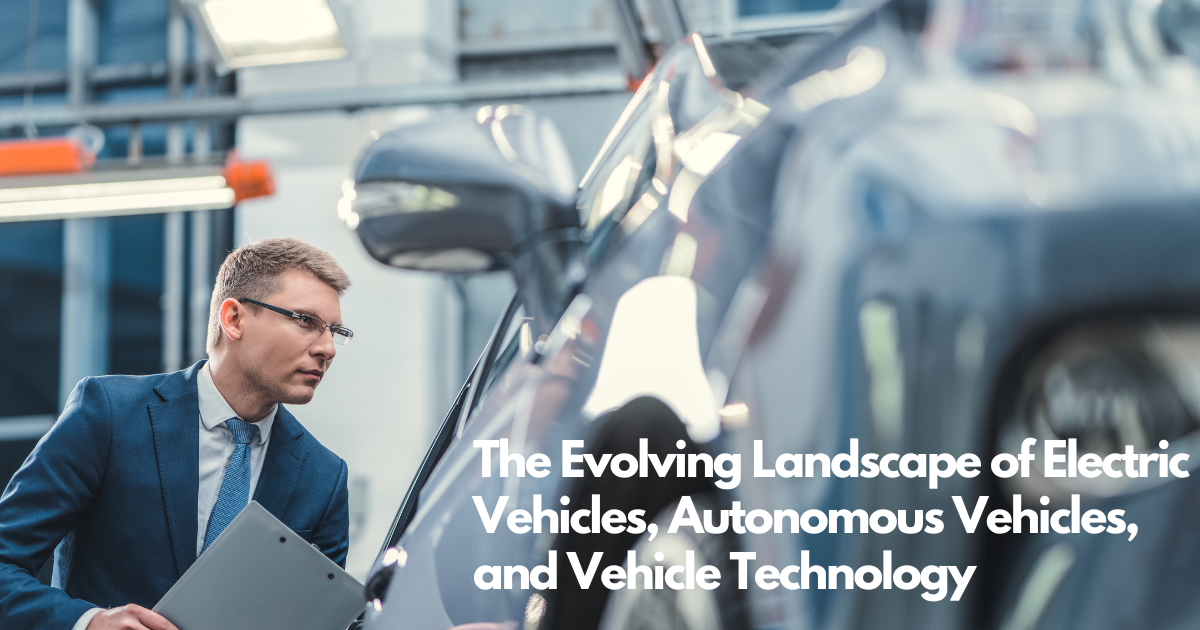
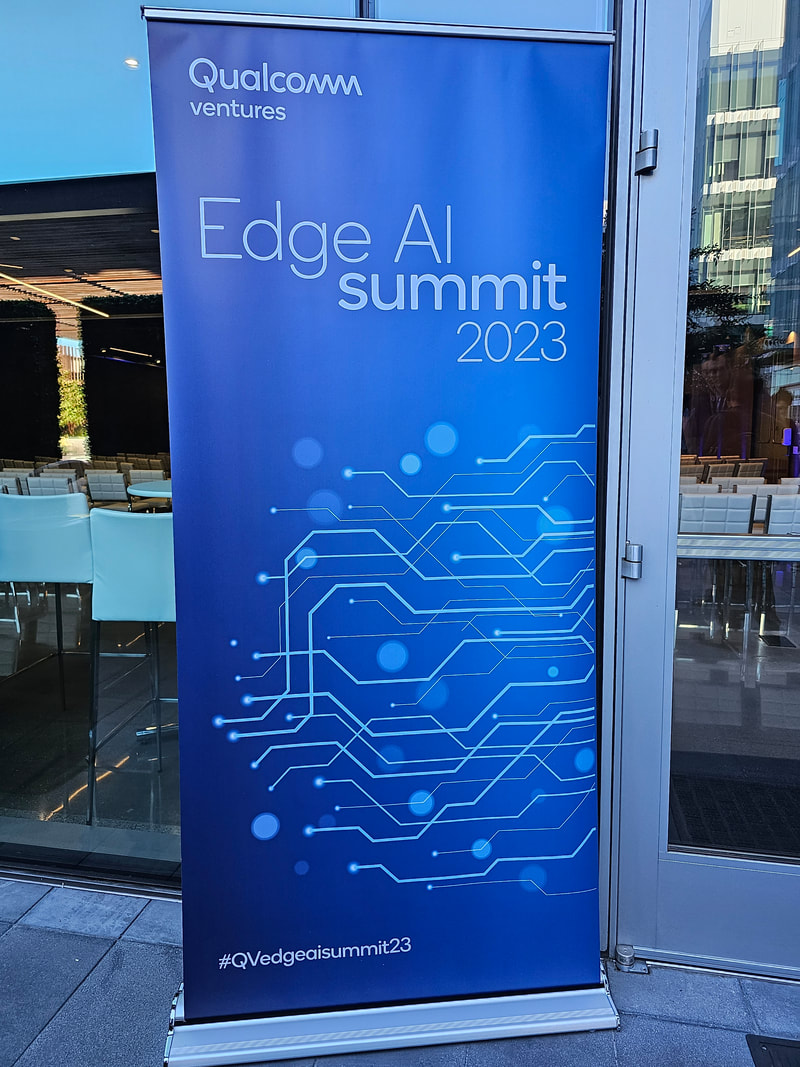
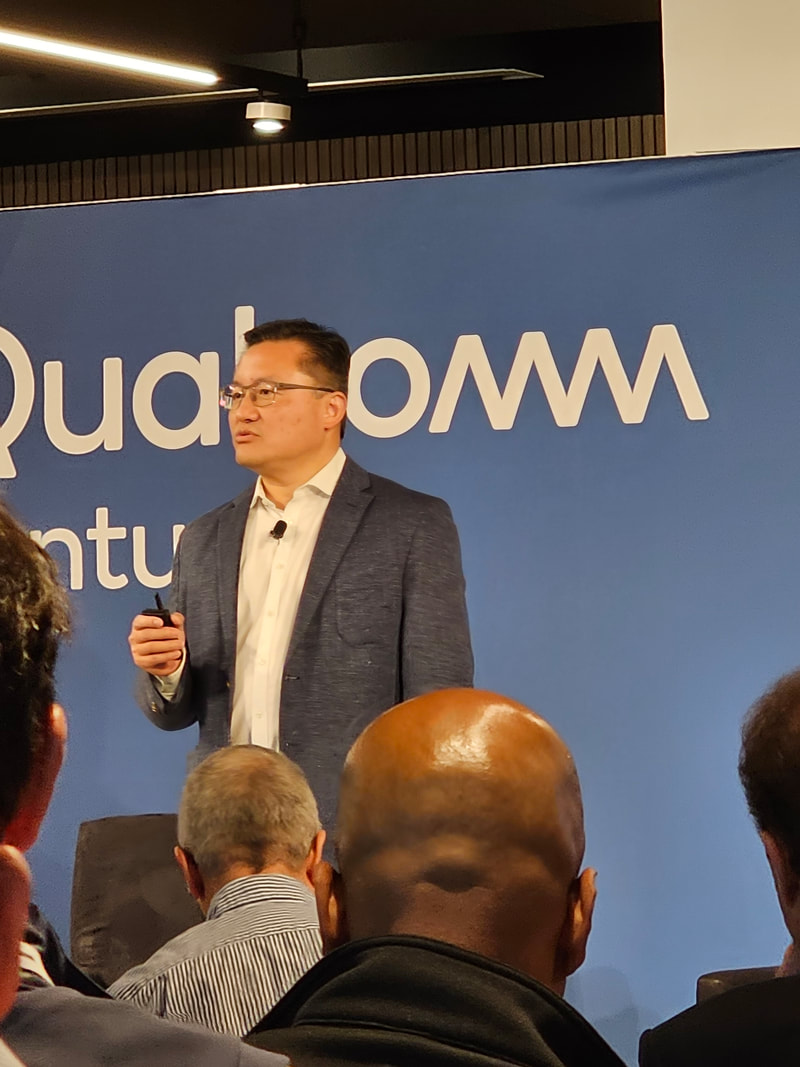

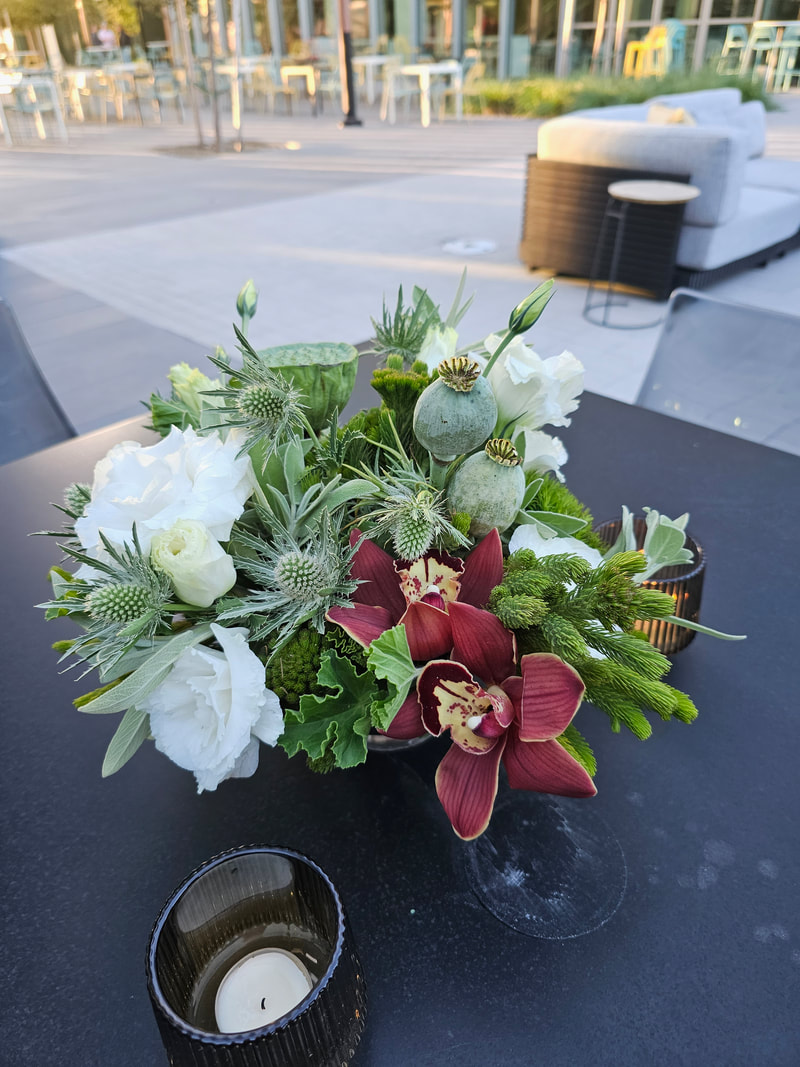


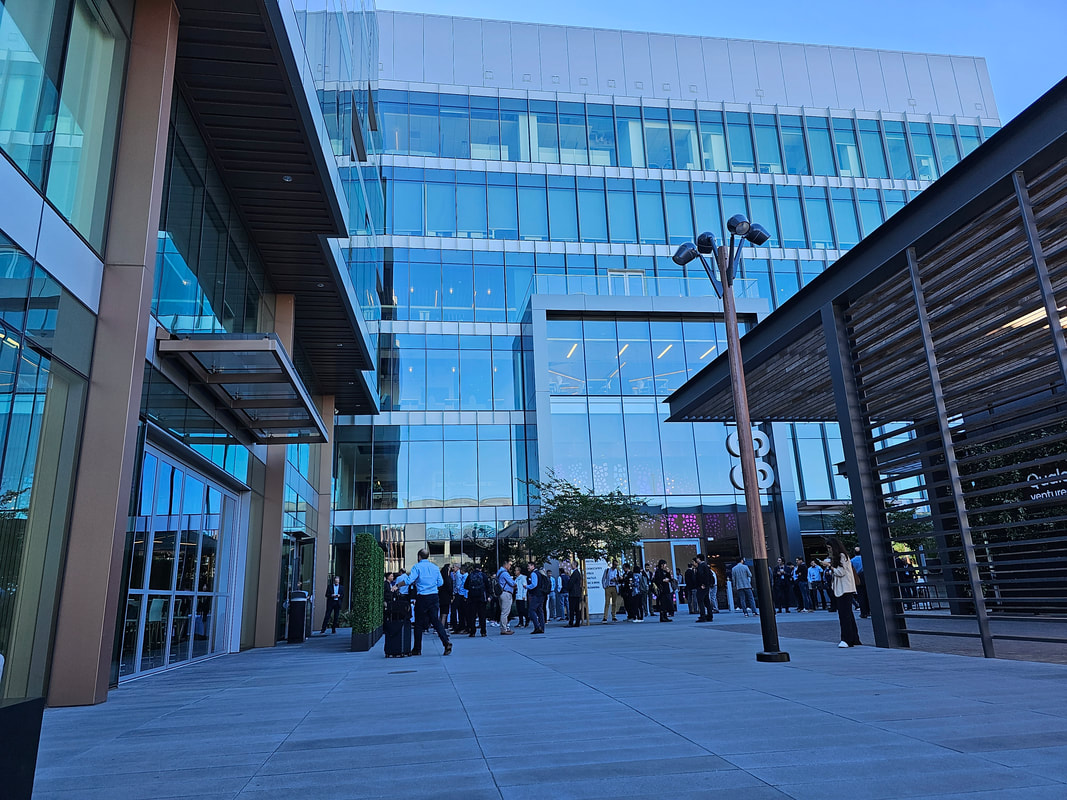
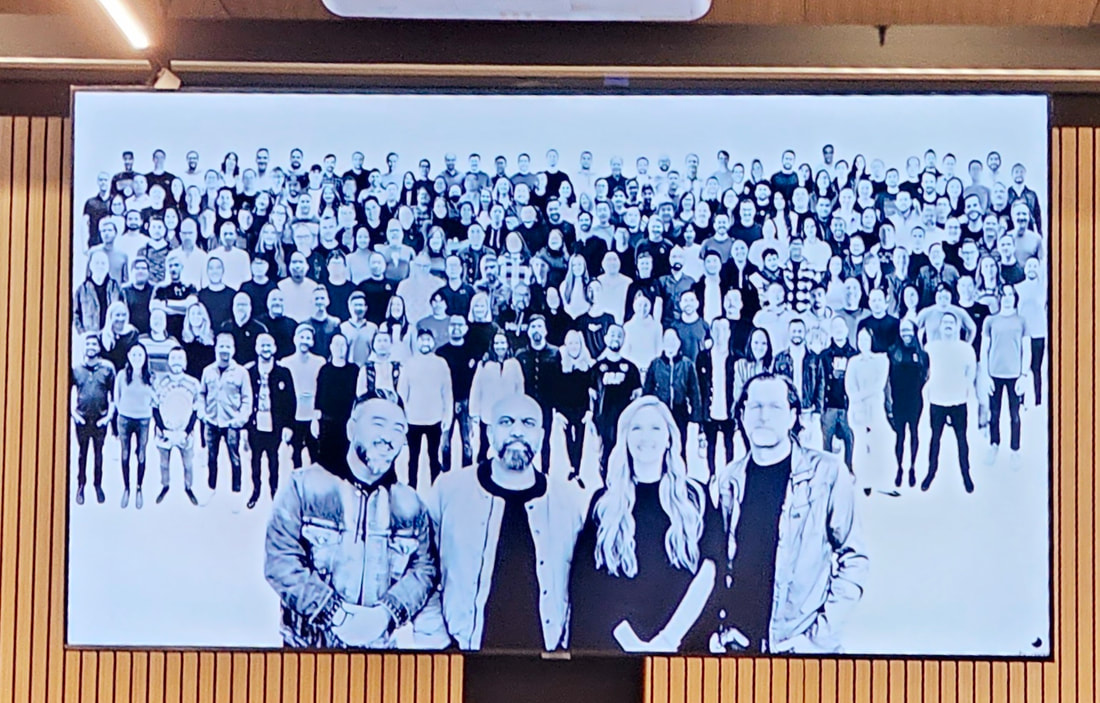
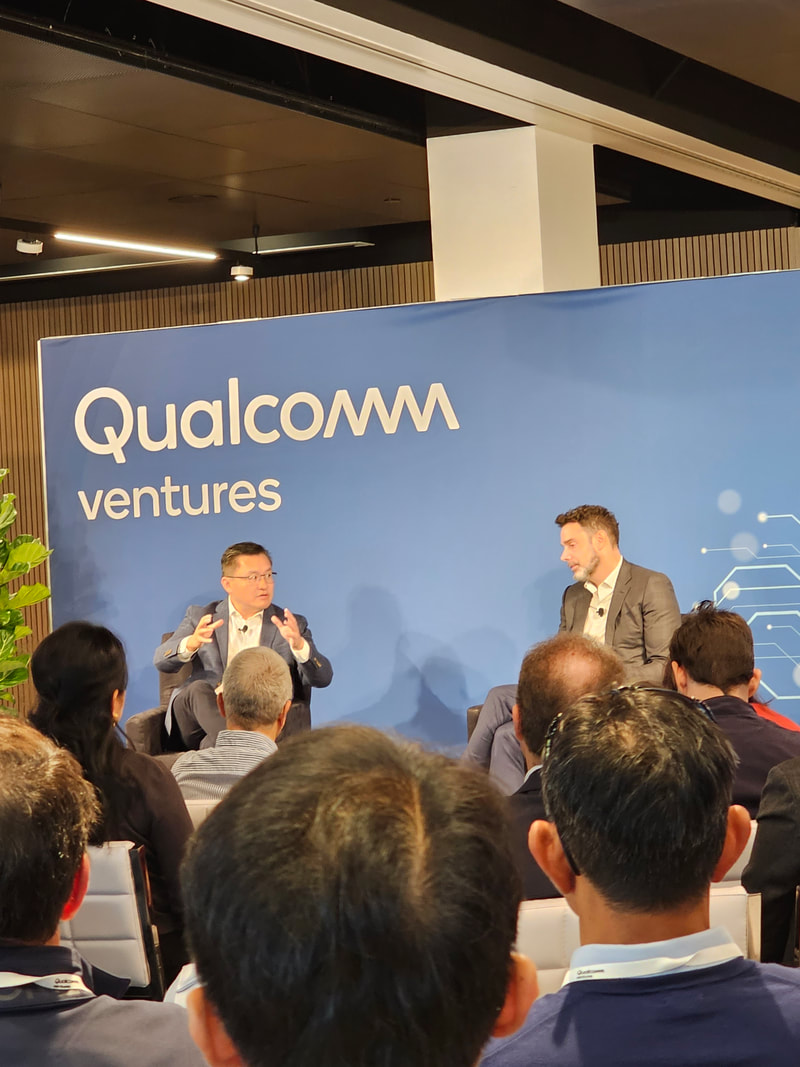
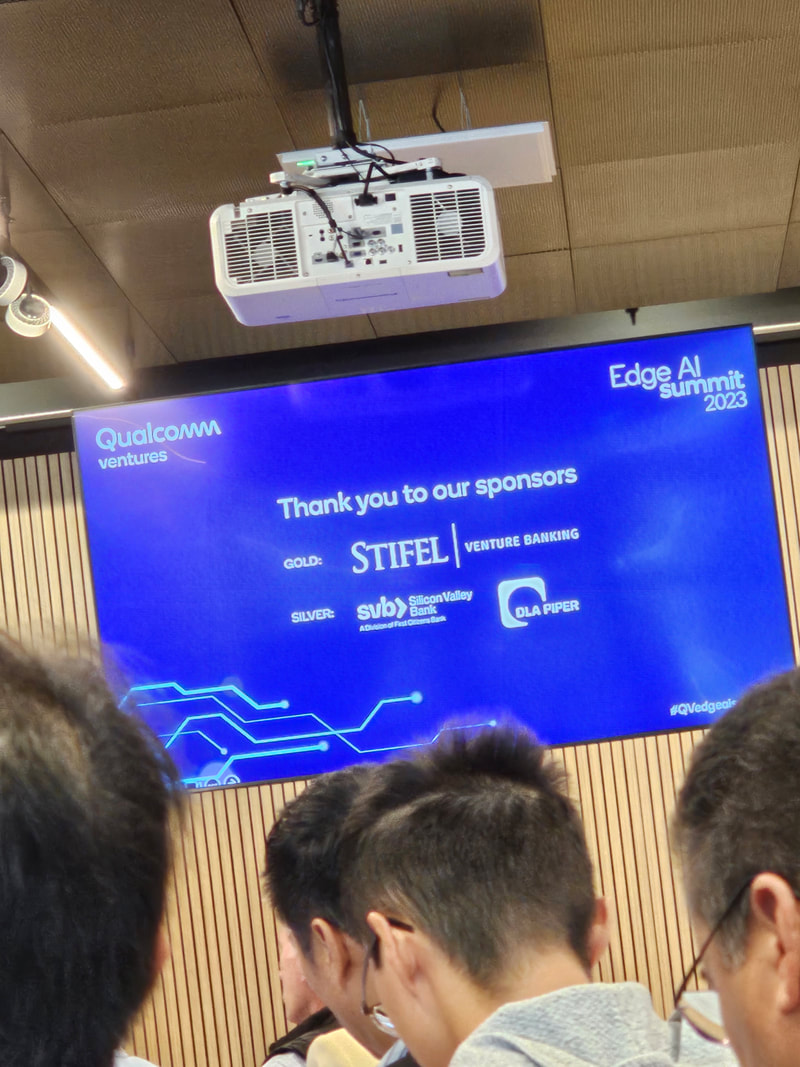
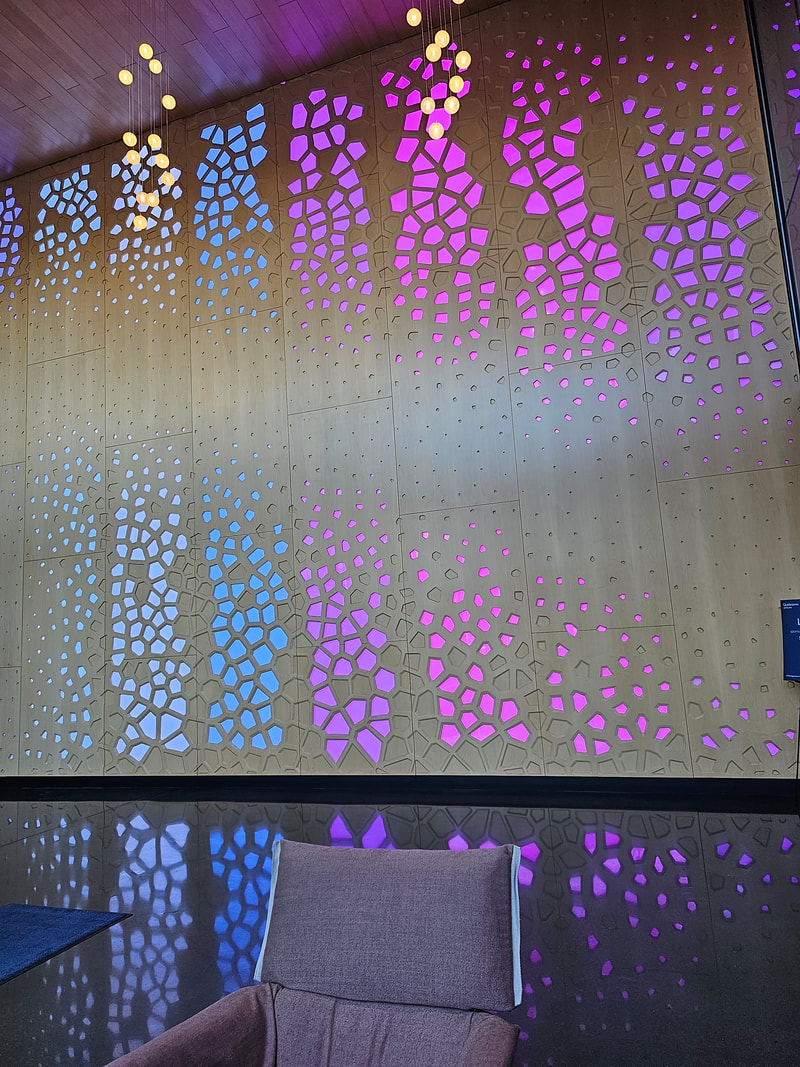
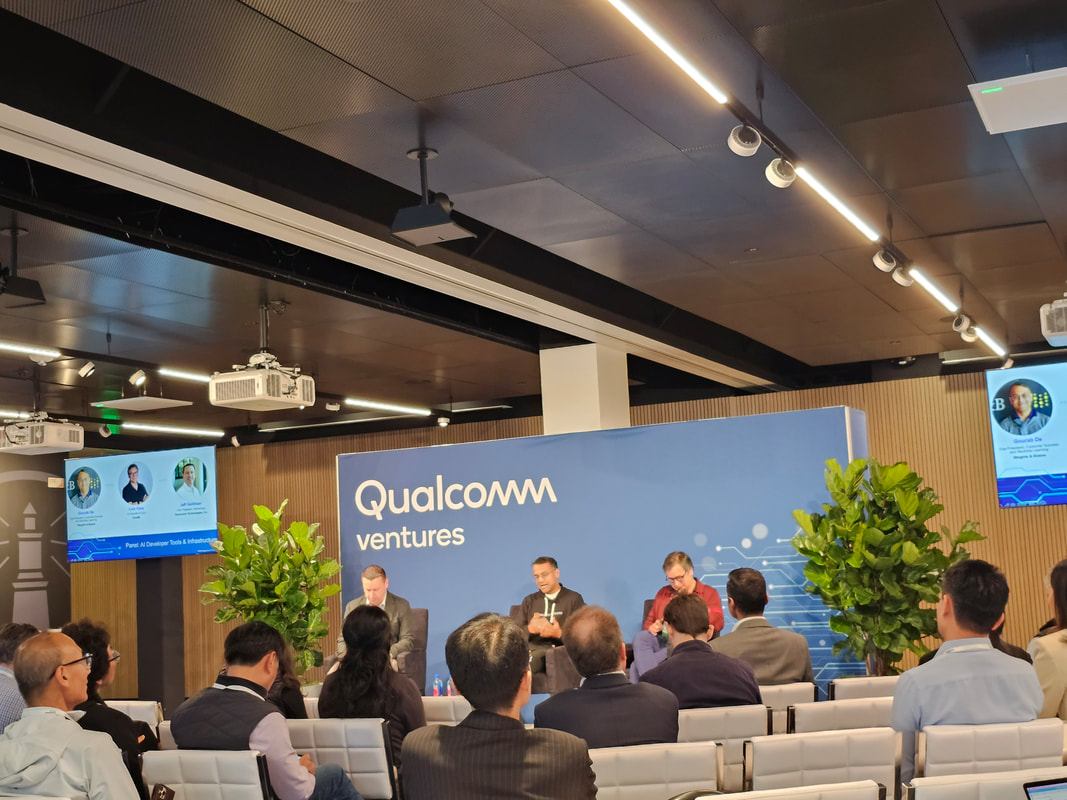
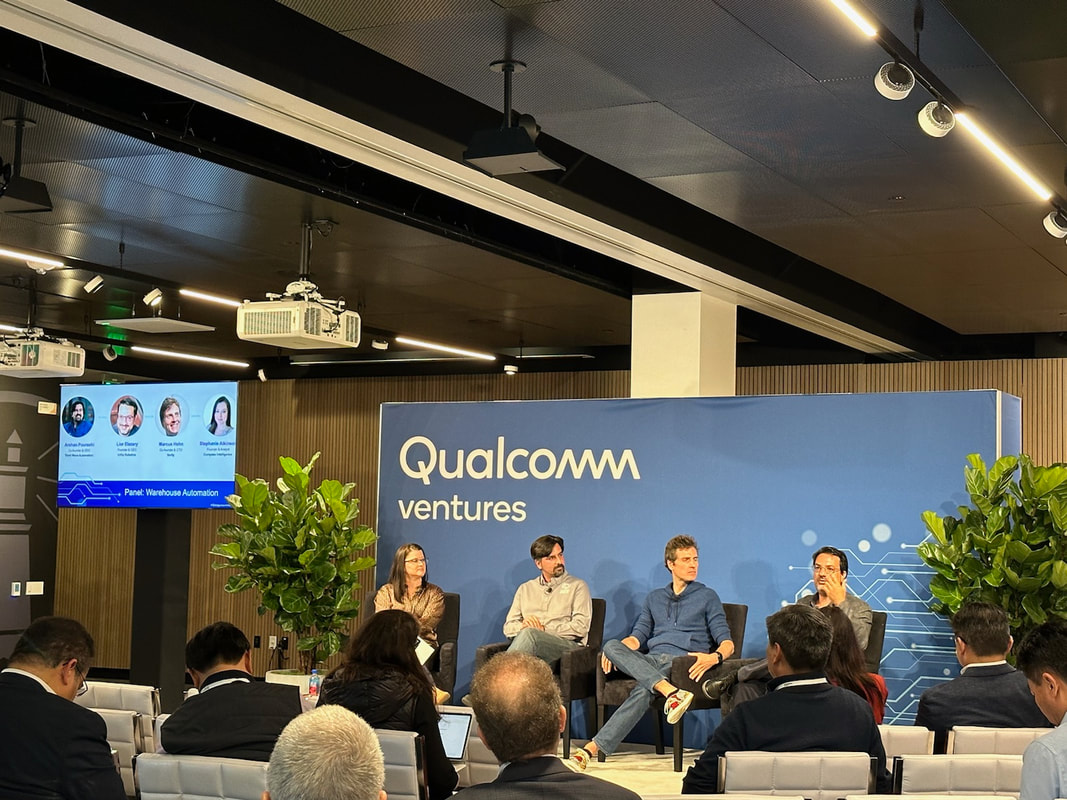
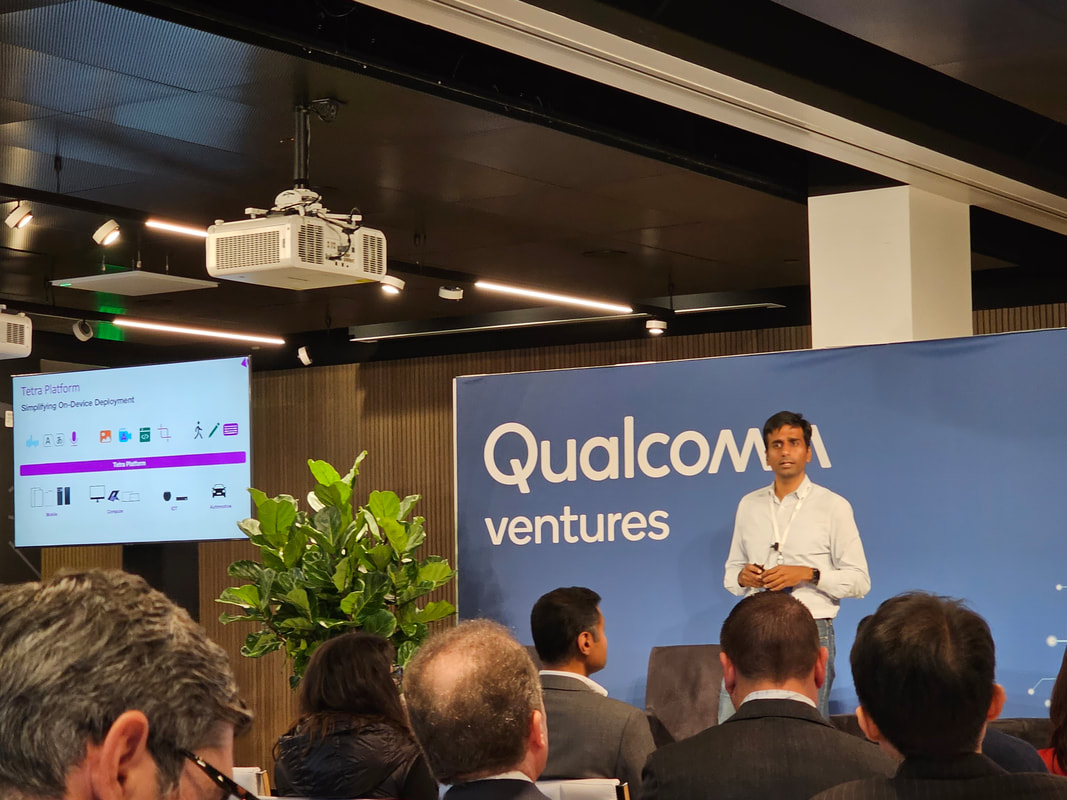
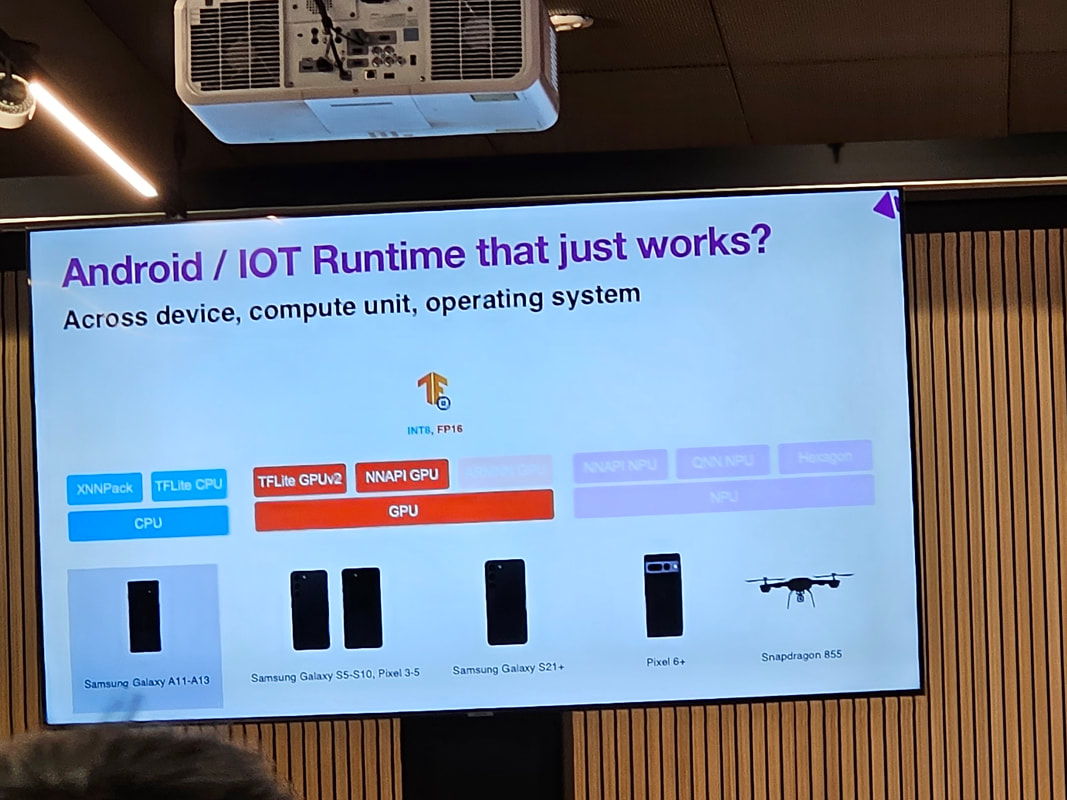
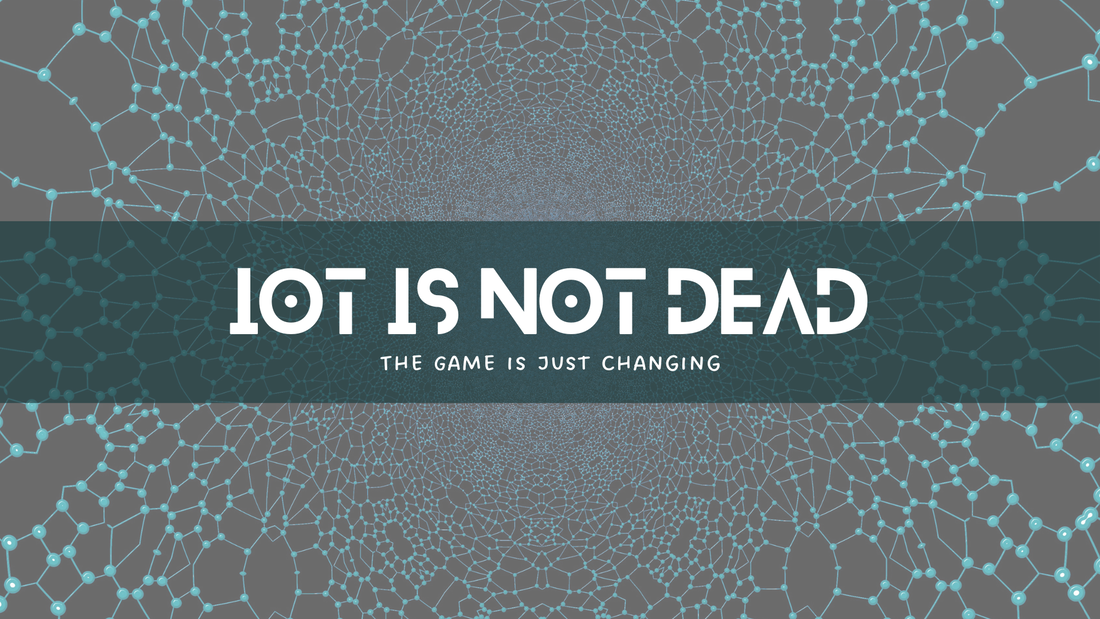
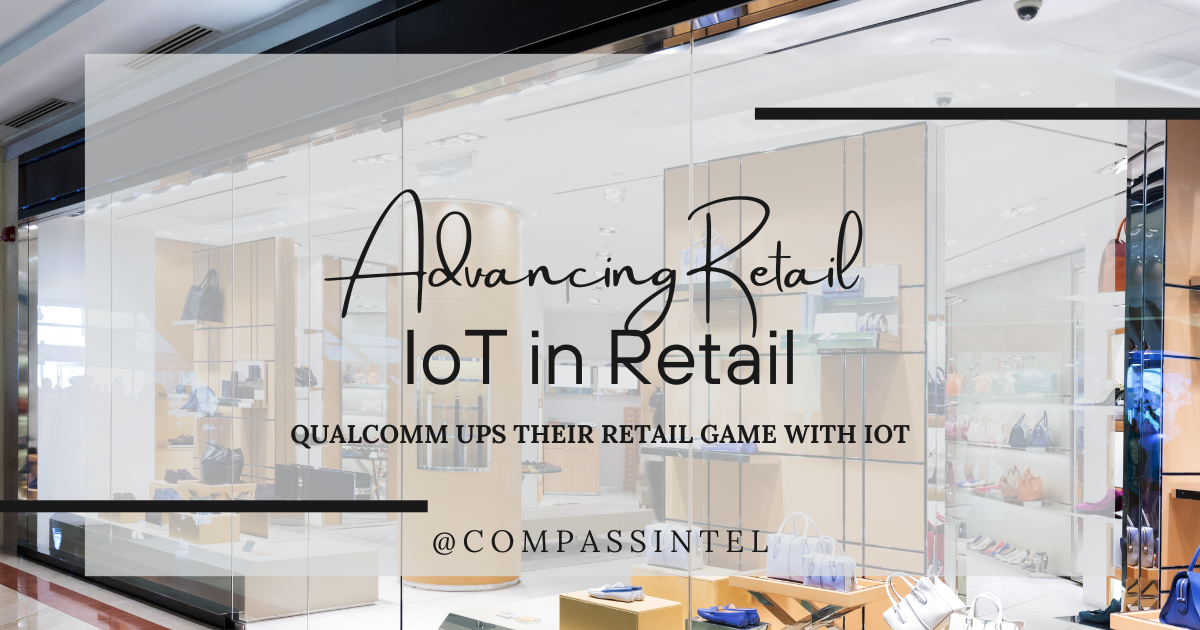


 RSS Feed
RSS Feed
